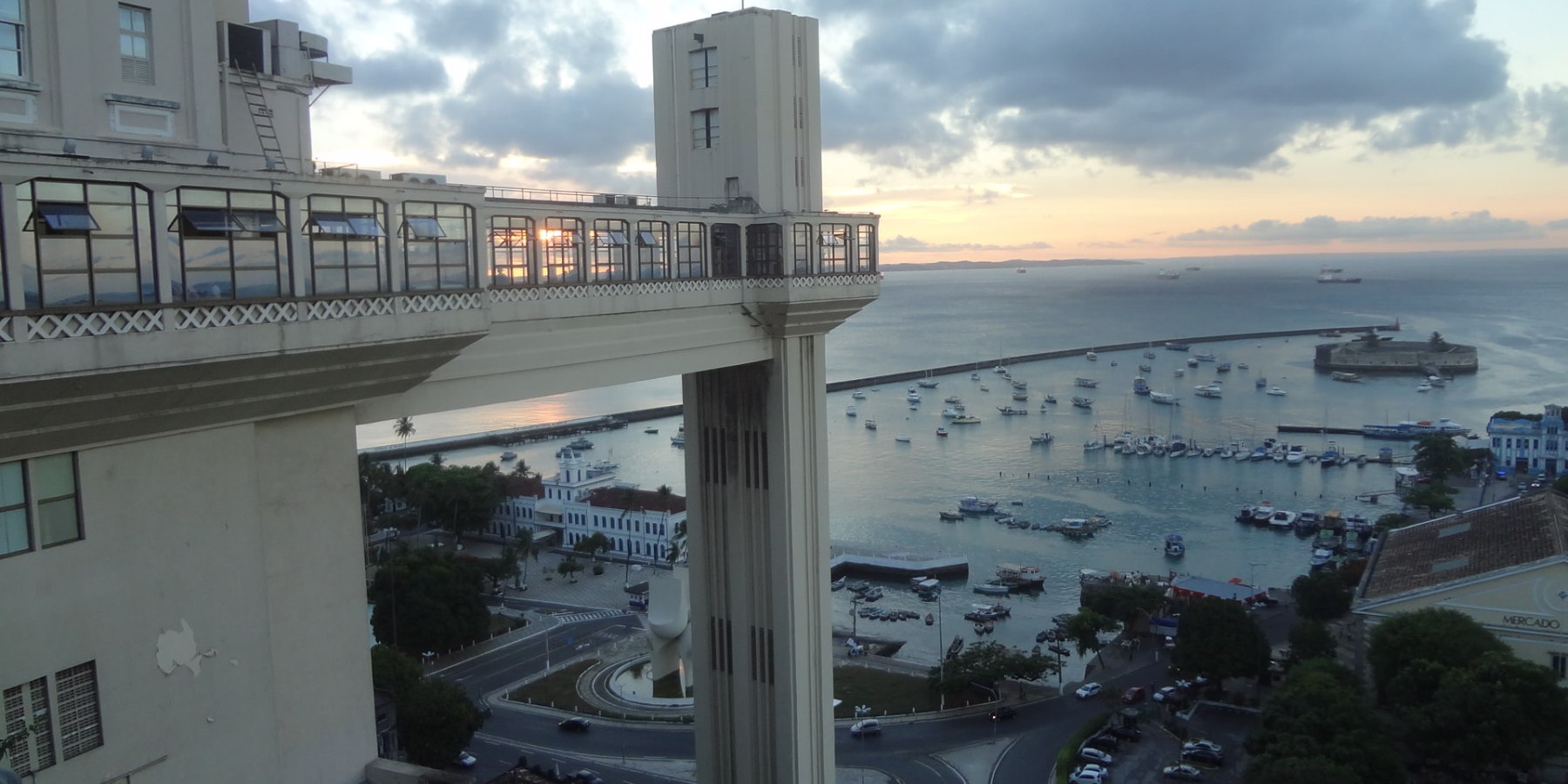
The mixture of races, cultures and beliefs, which received generous doses of joy and syncretism, gave Salvador a single trait that attracts Brazilians and foreigners all year. It is in the summer, however, that the capital of Bahia gets even brighter, with festivals which draw crowds behind religious images and of course, the electric ‘trios’ (big car sounds). From December until Carnival, Salvador boils!
Salvador, Brazil's first capital, meets the present and the past in perfect harmony, and taking into account the topography of the city - divided into Upper and Lower parts - it is easy to map it and glimpse the attractive wide open on every corner. It is in the upper part which is the colorful ‘Pelourinho’, the historic district and listed by Unesco as a World Heritage Site. In its streets and alleys there are hundreds of houses of the 17th and 18th centuries that house museums to ‘Candomblé’, and Catholic churches that attract scholars from around the world - in the case of the ‘São Francisco’ church, considered the richest baroque work in Brazil.
To get to the lower part of the city you need to get in one of Salvador’s postcards: The Lacerda Elevator, which connects the two points. Once you are by the sea shore, exploring the beaches is crucial. Among the urban one, ‘Porto da Barra’ is the most democratic and busy.A little bit further away from the center, ‘Itapuã’, ‘Stella Maris’ and ‘Flamengo’ beaches have crystal clean water and heavy traffic on weekends. Halfway there, the Rio Vermelho neighborhood is where you can find the bohemians way of life and fans of the most famous ‘acarajés’ of Salvador, prepared by Bahia legends Dinha and Regina.Gastronomy wise, Salvador offers far beyond ‘acarajés’ a fried thing filled with ‘vatapá’ and dried shrimp. Typical recipes that blend perfectly indigenous, African and Portuguese ingredients, bring to you delicacies like ‘bobó’, ‘moqueca’ and ‘caruru’, always served with ‘dendê oil’.If you are in Slavador, there are many options a few kilometres apart.
One of them I recommend is to visit ‘Arembepe’. The beaches are beautiful, but the main attraction of the Arembepe is the hippie village. Installed close to a place called ‘centrinho’, home to many hippies that sells hand crafts and cassava to survive, preserve the virgin vegetation and live in houses made of mud and straw without electricity. The unspoilt scenery of thise community is still the same that enchanted and housed Mick Jagger and Keith Richards in 1968, and Janes Joplin in 1970.Arembepe is just 34 kilometers away from the trendy ‘Praia do Forte’, but retains the rustic in its beaches, edged by dunes that are golden at sunset. The look is still composed of coconut trees, reefs, natural pools and crystal clear lagoons.
Both Arembepe and Praia do Forte are home to the Tamar Project. Founded in 1980 by the Brazilian Institute for Forestry Development (IBDF) the Tamar Project aims to protect five species of sea turtles belonging to the Brazilian coast. In order to visit it, tourists have access to the base and can see tanks and fish tanks with the marine fauna of the region and the species of sea turtles. Those who wish can make guided visits to the Tamar Project and each activity has its day and scheduled time. To enter the project an admission fee is charged.

